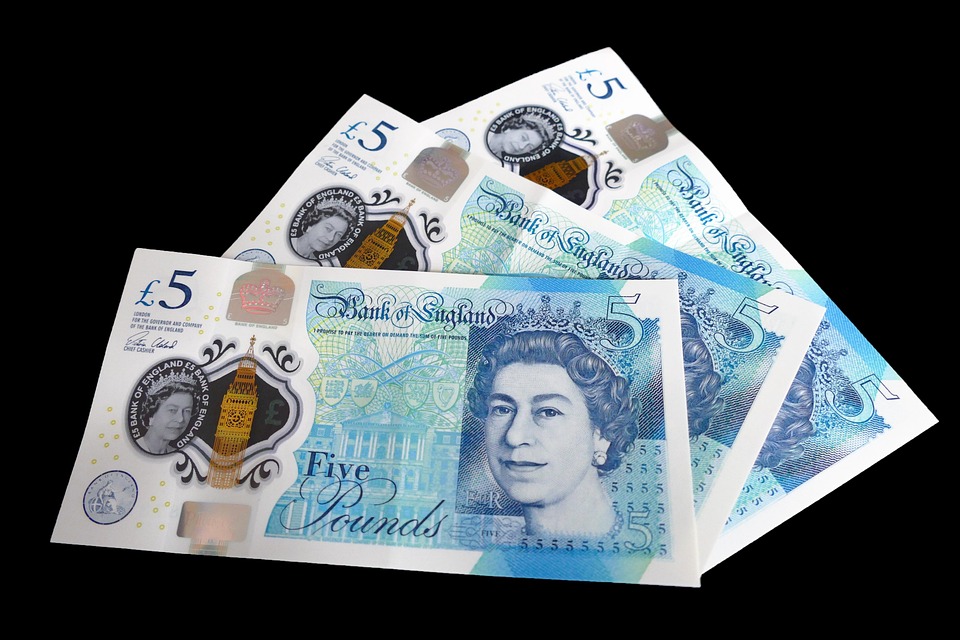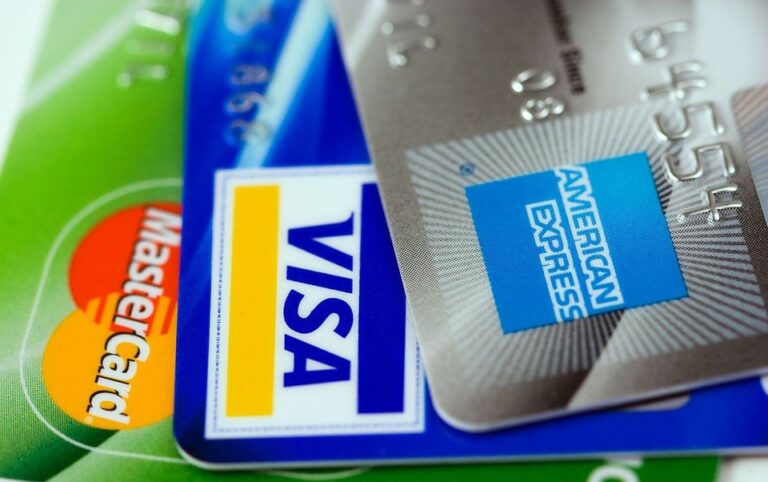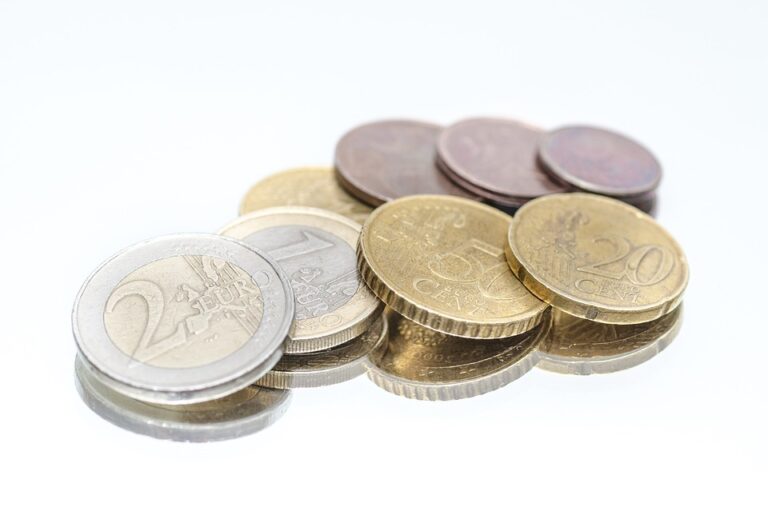Last updated Mar. 30, 2025 by Charles Zemub
How to Break the Credit Card Debt Cycle
Living with credit card debt can be an overwhelming and stressful experience, impacting not just your finances but your overall quality of life. Many people find themselves entrapped in a cycle where they make payments only to see their outstanding balance never really go down due to accumulating interest. This cycle can create chronic stress and limit financial growth. However, it is possible to break free from this cycle with a clear plan and disciplined approach.
Understanding the Credit Card Debt Cycle
Before we dive into strategies for breaking free of credit card debt, it’s important to understand what leads to this cycle. The credit card debt cycle typically begins with the use of credit cards for necessary and unnecessary expenses, often driven by the ease and convenience of credit. However, without careful management, this ease can quickly lead to overspending and debt accumulation.
The cycle perpetuates itself as the following sequence:
- Relying on Credit: Continuous use of a credit card without paying off the full balance.
- Accumulating Interest: If you don’t clear the full balance, interest starts to accumulate on the remaining amount.
- Debt Growth: As you pay only the minimum or less than the total balance, interest compounds and increases the debt further.
- Restricted Cash Flow: Larger portions of your income go towards servicing debt rather than towards savings or investments.
Strategies to Break the Cycle
1. Assess Your Financial Situation
Start by getting a clear picture of your financial health. Track all your expenses for a month to see where your money is going. Review your credit card statements to understand patterns in your spending. Identify necessary expenses and areas where you can cut back.
2. Create a Realistic Budget
A realistic budget is a cornerstone of financial health. Ensure that your budget prioritizes debt repayment, especially for credit cards. Allocate separate amounts for savings, and living expenses, and designate a precise amount to credit card payments above the minimum required.
3. Stop Accumulating More Debt
To effectively break out of the cycle, it’s crucial to stop incurring additional debt. Consider leaving your credit cards at home to avoid impulsive spending. Use cash or debit cards for transactions, which naturally leads to spending only what you have.
4. Use the Debt Avalanche or Debt Snowball Method
These are two popular methods for paying off debt:
-
Debt Avalanche: Focus on paying off debts with the highest interest rate first while making minimum payments on others. Once the highest is paid, move to the next highest, and so forth. This method can save you the most money on interest.
- Debt Snowball: Start with the smallest debt balance regardless of interest rate, and pay it off as quickly as possible, then move to the next smallest. This method builds momentum and motivation as debts are cleared fast, though it might not be the most cost-effective.
5. Negotiate Lower Interest Rates
Contact your credit card company and request a reduction in the interest rate. If you have a history of making payments on time, creditors might agree to lower your rate, reducing the amount of interest you pay over time.
6. Consolidate Your Debt
Debt consolidation involves getting a personal loan or using a balance transfer to combine all credit card debts into one with a lower interest rate. It simplifies payments and can significantly reduce the amount of interest you pay if managed well.
7. Increase Your Income
Look for ways to increase your income with a second job, freelancing, or selling unused items. Any additional income should primarily target reducing your debt, expediting the process to financial freedom.
8. Seek Professional Advice
Consider consulting a financial advisor or a credit counseling service. These professionals can provide tailored advice and may negotiate with creditors on your behalf.
✓ Short Answer
Breaking the credit card debt cycle involves understanding its mechanisms, creating a realistic budget, stopping further debt accumulation, and implementing a structured repayment strategy like the debt avalanche or snowball methods. Additionally, negotiating lower interest rates, consolidating debt, increasing income, and seeking professional financial advice can advance your goal of becoming debt-free. Evaluate your expenses, prioritize repayments, and remain disciplined to achieve lasting financial independence.
Staying Debt-Free
Once you achieve a debt-free status, the focus should shift to staying debt-free and building resilience against future financial setbacks. Here are steps to consider:
-
Emergency Fund: Build an emergency fund with 3 to 6 months’ worth of living expenses to protect against unexpected costs like medical emergencies or car repairs.
-
Maintain a Budget: Keep up with budgeting practices to control spending and ensure any necessary expenses don’t turn into new debts.
-
Credit Responsibility: If returning to using credit cards, ensure they are paid in full every month to avoid interest charges.
- Smart Financial Goals: Set short-term and long-term financial goals to encourage saving and investing, continuously improving your financial situation over time.
Conclusion
Breaking the cycle of credit card debt requires determination, a strategic action plan, and disciplined spending habits. While the journey to financial independence might take time, the peace of mind and opportunities from being debt-free ultimately provide immeasurable rewards.
FAQs
Q1: How can I build credit without falling into debt?
A1: To build credit responsibly, use a credit card for small purchases you can pay off each month. Paying your bill on time and in full avoids interest and fosters positive credit history without increasing debt.
Q2: Is it better to pay off large debts first?
A2: It often depends on your financial strategy. The avalanche method suggests tackling high-interest debts to save on interest, whereas the snowball method focuses on clearing smaller balances to build encouragement and momentum.
Q3: What are some warning signs that suggest I’m accumulating too much debt?
A3: Warning signs include exceeding credit limits, using credit for essentials, making minimum payments only, borrowing from one card to pay another, and experiencing financial stress.
Q4: Can using a balance transfer help with debt?
A4: Yes, a balance transfer can be effective as it consolidates debt into one card, ideally with a low or zero introductory interest rate. However, be wary of transfer fees and plan to pay off the balance before any rate increase.
Q5: What are potential pitfalls in debt consolidation loans?
A5: While consolidating can simplify payments, potential pitfalls include accruing new debt due to having open lines of credit with zero balances and possibly facing higher interest rates if your credit score doesn’t qualify for favorable loan terms.



